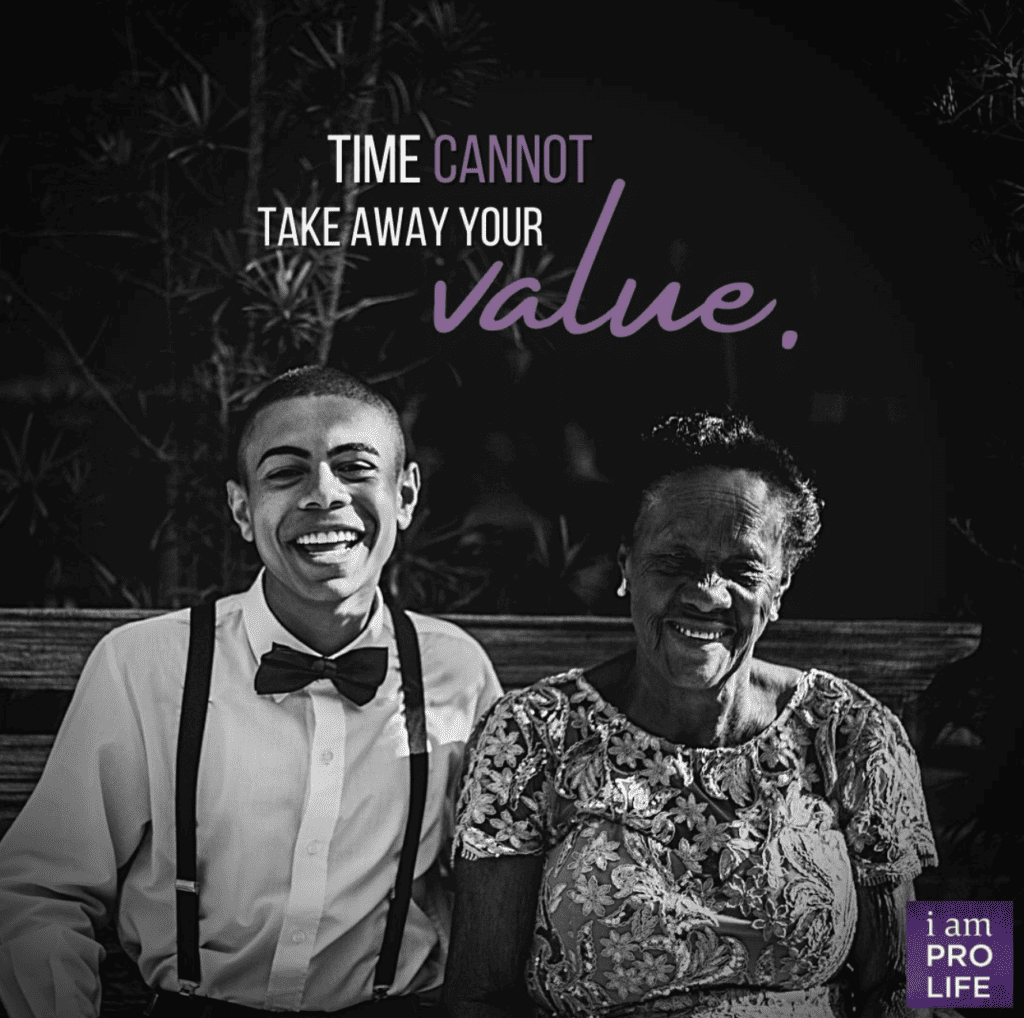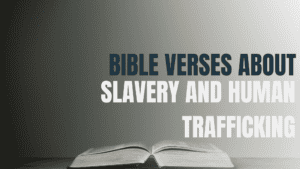Elder abuse can be hard to define, and difficult to spot. However, there are several clues to recognizing and preventing the abuse of the elderly.
Elder Abuse
Opal is 86 years old. Confined to a wheelchair after breaking her hip last year, she recently moved in with daughter Ann. Ann, who is 53, has troubles of her own. Her husband was laid off from his job last month, and her grown kids’ personal problems are always on her mind. Opal’s need for constant care and attention have stretched Ann’s nerves to the breaking point. Today, in a moment of frustration, Ann yelled at her mother and grabbed her wrists so tightly, ugly bruises formed where her fingers gripped the older woman’s fragile skin. Cowed by her daughter’s rage, Opal retreated to her room where she quietly sits slumped in her wheelchair. As tears roll down her cheeks, she wonders, how did her life come to this?
With old age comes more than the threat posed by household obstacles, slippery bathtubs and space heaters absentmindedly left on “high.” A more ominous danger lurks in the hearts and intentions of caregiving spouses, siblings and adult children.
In 1998, a study conducted by the American Public Human Services Association found that approximately half a million people were victims of elder abuse in their homes. But researchers admitted that because so much abuse goes unreported, the number was likely five times that. The Senate Special Committee on Aging estimates as many as five million elderly Americans are abused each year. As the first wave of Baby Boomers crosses the threshold into early old age, these statistics will increase exponentially.
Types of Elderly Abuse
According to the National Center on Elder Abuse, abuse falls into the following categories:
- Physical. Inflicting, or threatening to inflict, physical pain or injury on a vulnerable elder, or depriving them of a basic need.
- Emotional. Inflicting mental pain, anguish or distress on an elder person through verbal or nonverbal acts.
- Sexual. Nonconsensual sexual contact of any kind.
- Exploitation. Illegal taking, misuse or concealment of funds, property or assets of a vulnerable elder.
- Neglect. Refusal or failure by those responsible to provide food, shelter, health care or protection for a vulnerable elder.
- Abandonment. The desertion of a vulnerable elder by anyone who has assumed the responsibility for care or custody of that person.
Sadly, the majority of abuse is inflicted by family members – most often, a caregiving spouse. If there is a history of domestic violence, the chances of abuse increase. Strained or tense relationships between elders and adult children can also presage abuse.
Unintentional Neglect
Of the many kinds of abuse, neglect is the most common. Not all neglect is intentional. Elderly adults may be geographically cut off from adult children as a result of job moves. The transient nature of American society today makes it problematic for adult children to stay informed about their parents’ needs and physical circumstances.
Elderly adults with dementia or Alzheimer’s, isolated in their homes, may not remember to take their medications. Lack of access to transportation may prevent them from obtaining needed medical care. Many elderly people on fixed incomes are forced to choose between medications or eating and paying the electric bill.
Dangers Lurking in Long-term Care
For those elders fortunate enough to be placed in luxury long-term care facilities with well-trained, well-staffed Alzheimer’s units, abuse is rare. But for the elderly warehoused in barebones Medicaid facilities, neglect in particular is pervasive. Neglect comes in the form of residents consigned to tray chairs, where they languish for hours lined up in corridors. Overworked, poorly-paid staff may also manhandle fragile elderly bodies as they’re moved from bed to shower to dining hall. Bedridden residents may develop bedsores.
Recognizing Signs of Abuse
Signs of abuse are not always easy to recognize. For example, emotional and psychological abuse may be subtle. A hostile spouse, sibling or paid caregiver may withhold medication, food or hygiene. They may assault an elderly person’s identity by treating them like a child, threatening them or ignoring their requests for help. Signs of abuse include:
- Bruises, pressure marks, broken bones, abrasions and burns.
- Unexplained withdrawal from normal activities, a sudden change in alertness and unusual depression.
- Bruises around the breasts or genital area.
- Sudden changes in financial situation (indicating theft or exploitation).
- Bedsores, unattended medical needs, poor hygiene and unusual weight loss.
- Behavior such as belittling, threats and other uses of power and control by spouses.
Preventing Elder Abuse
Preventing elder abuse begins with education. To be treated with dignity and respect is a basic human right. Families where slapping and hitting are considered acceptable forms of expression must be taught that yelling, pinching, punching and shoving are never acceptable. Neither is the withholding of food or medication. Senility is not a license for caregivers to ignore an elder’s innate personhood. Listening when people express their pain, needs and feelings is an act of respect all people are entitled to.
Sarah Smith shares the heartbreaking story of navigating her mother’s journey with Alzheimer’s disease.
More articles on elder care:
Care for Caregivers
Helping caregivers with the emotional and physical demands of caregiving is one way to reduce instances of abuse. Offering caregivers even a few hours of respite each week can significantly relieve the stress that leads to abuse. Respite care is especially important for those caring for severely disabled elders and those suffering from Alzheimer’s and senile dementia. If there is a history of domestic violence in the family of an elderly person, caregivers should seek counseling to deal with underlying emotional issues.
Since abuse happens most often when the elderly are isolated, steps should be taken to increase the social contact for both caregivers and elders. Joining an Alzheimer’s support group, for example, allows caregivers to connect and vent with people going through similar experiences. Friends made through these associations can band together to create respite opportunities for each other.
No one person should be left alone to deal with an elder’s needs. Families should come together to seek loving, practical solutions for caring for an elderly parent. If the demands of caregiving in a home setting become too demanding emotionally and physically, families should consider moving their elder into a safer setting within a licensed long-term care facility.




















